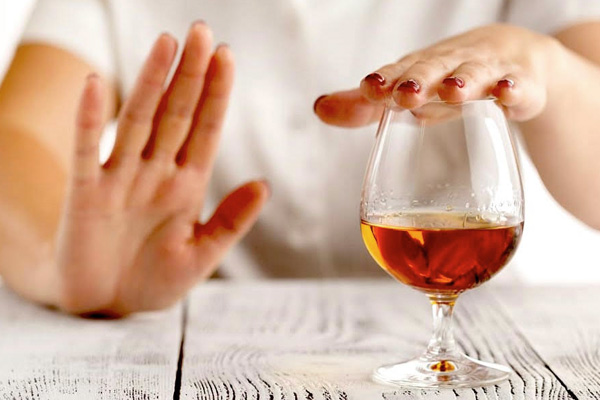SCIENCE IS REAL –
June 8, 2022 – The study’s first author, who performed many of the experiments, is Reesha R. Patel, PhD, a former postdoctoral researcher in the Roberto lab.
Alcohol is by far the most used and abused recreational drug. According to the 2019 National Survey on Drug Use and Health, nine million men and more than five million women in the United States have an alcohol use disorder (AUD), which is defined as an inability to control alcohol use despite its negative impact on the user’s health, social life and/or employment. Drug treatments, talk-therapy and support group-based treatments are available, but relapse is common, mainly due to the limited understanding of the brain-circuit dysfunctions underlying AUD.
Scientists know that relapse-promoting alcohol withdrawal symptoms include rising feelings of anxiety, caused at least in part by the release of stress molecules such as corticotropin-releasing factor (CRF) within the brain. CRF stimulates receptors on neurons in the prefrontal cortex, and in the limbic system, a set of more primitive brain structures that process emotions. If scientists could fully identify and characterize these CRF-sensitive neuronal populations, they could understand better how anxiety occurs during withdrawal and potentially devise effective treatments to block it.



